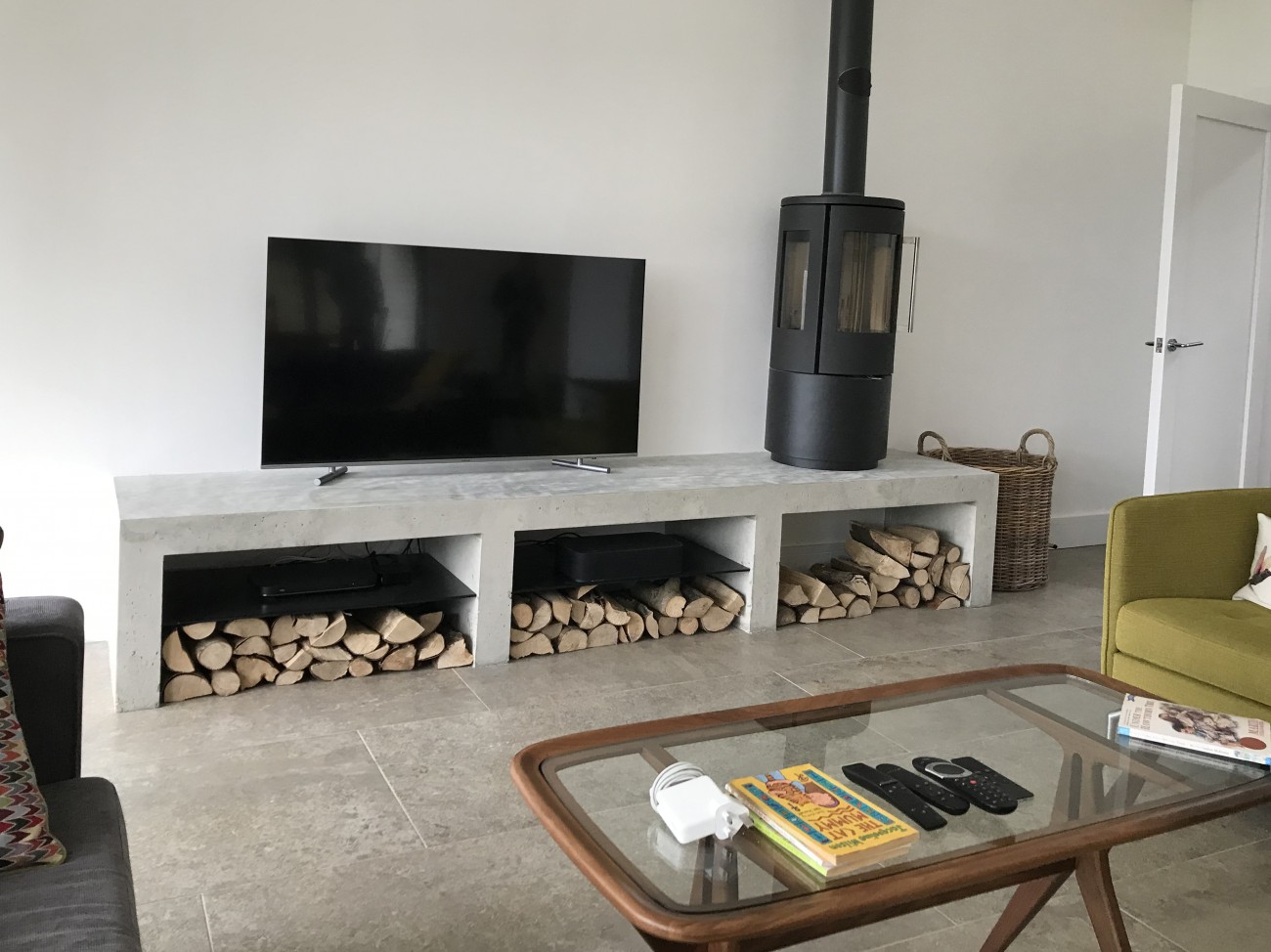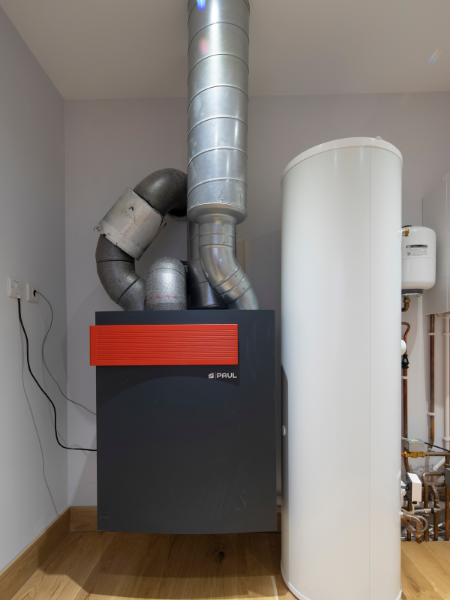Five ways to improve the acoustics in your self-build
Gareth Boyd from 2020 Architects explores how you can tweak your self-build design to reduce unwanted noise and improve your new home’s acoustic performance.
At the end of a long day when we close our front door nobody wants to be disturbed by the outside world.
Our homes should be a place to escape the daily cacophony of modern life. When it comes to creating a comfortable home every self-builder needs to consider the importance of sound transmission.
The noise in our homes can range from comfortable to annoying or, in the worst cases, so intrusive that they become dangerous for our health and wellbeing.
Thankfully for the self-builder, there are ways that you can manage and reduce the levels of noise travelling through your home.
1/ Carefully plan how you use your space
Getting the home acoustics right is something to mull over at the early stages of your project and something that we, as architects consider a target performance. A good starting point is to think about how you plan to use the spaces in your self-build. This way, you can build ‘zones’ that generate noise as far away from spaces where noise-break is unwanted. For example, create enough distance between a playroom, music room or home cinema and quieter spaces like bedrooms and studies or offices. Interestingly, for every doubling of distance, the sound level reduces by six decibels*. Think about external noise reduction by examining how far and where noise is in relation to your quiet spaces, this might be as simple as placing bedrooms to the rear, for example, away from road noises.
As an architectural firm we find that where distance is not possible, or we can’t keep spaces as separate as the client would like, some are requesting we build in quiet rooms or spaces like the bespoke quiet space from one of our projects below. These are spaces that have been built to block sound to a higher standard than normal by adding mass or sound deadening technology to the walls, ceiling and floors. Cost wise it might not serve as a practical option for a whole house but it works when it comes to noise reduction in a particular room.
*www.engineeringtoolbox.com

2/ Find the weakest links and block external noise
The next step is blocking external noise from entering your self-build. Noise tends to enter through weaker links in the external envelopes such as doors and windows. Always investigate the acoustic properties of these products from suppliers if you are worried about unwanted sources of external noise. Glass is often the weakest acoustic link in your build so choose glass that is specifically designed to reduce external noise levels by reflecting the noise back towards the source and absorbing the noise energy within the glass. The best performing acoustic glass tends to be an acoustic laminated glass.
Find out more about acoustic insulation glazing from Saint-Gobain Glass here.

If these products are too expensive for your budget you can still reduce the noise transfer through the glass by increasing the thickness of each pane of glass in the double or triple glazed unit. Why not consider having different thicknesses of panes in the same unit or increasing the space between the panes of glass and using heavier glazing gases like argon gas filled double-glazing.
3/ Ventilate for external noise reduction
Acoustic glass and window systems only work if the window is closed and so the ventilation of the house is the next step in reducing unwanted external noise sources. All acoustic windows should be considered in conjunction with some form of mechanical ventilation or, preferably in terms of thermal performance, Mechanical Ventilation with Heat Recovery (MVHR) to allow fresh air into the home without flushing out all the heat or letting in the unwanted external noises.
Look for a MVHR with a low decibel rating as the mechanical elements of the unit can be sources of noise in themselves. It is also worth noting that MVHR works by pumping air around the house through ducting and the ducting can itself act as a noise pathway between rooms. If you are installing an MVHR system, ensure that the duct runs are as short as possible and that there are as few corners as possible. The longer and more complex the layout, the larger the central fan needs to be and the more noise it will make. Ideally for internal noise privacy look for a unit that has direct ducting for each room rather than a branch system where you can get noise transfer from room to room.
Find out more about the benefits of MVHR systems in our blog here.

4/ Sound insulation in internal walls and ceilings
Now it’s time to turn your attention to the walls, floor and ceilings. These main structural elements of a typical house have the benefit in terms of acoustics of mass.
One of the most effective ways to soundproof or manage acoustics at home is to use mass i.e. heavy layers to block the passage of sound through rooms. This is done by using sound insulation in the walls and ceilings, increasing mass using higher density products in the structure to reduce the sound and dampening the sound by adding a noise dampening layer.
Satisfying noise levels in your home is a building regulation requirement and it is always sensible to engage a professional with these more technical elements.
Find out more about insulating your self-build with our Ultimate Guide to Insulation here.

5/ Dress your open plan living space for success
Lots of clients these days ask us for larger open spaces where kids will be playing or watching TV and an adult might be cooking food - all at the same time. That means living with the sound of voices, the television, and kitchen appliances generating noise at the same time. Ear plugs anyone? Often these spaces will be dominated by hard surfaces, wooden floors, large glass windows and sliding doors. While this allows for wonderful connection of family and is aesthetically pleasing, there is no denying that these spaces are noisier and this is where the second of the two mentioned categories comes in, improving the quality of sound within a space. For a self-builder improving the internal sound quality will often be down to interior design choices and the absorption of noise.
Larger windows act as bouncing off points for sound so dress them to counteract this. Curtains work better than blinds because they have more fabric. Use rugs to cover large hard floors. Again, the thicker the pile, the better the soundproofing. Zoning the open space is something clients often do with a freestanding wall as this can maintain a visual connection with the space while containing the noise a bit better. Cladding internal walls with timber cladding or acoustic material will dampen sound and provide an interesting feature. There are also lots of off-the-shelf acoustic panel systems that can be easily fitted.

